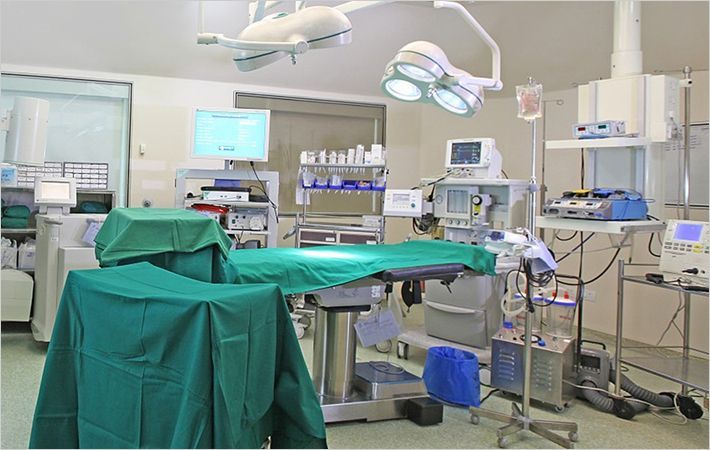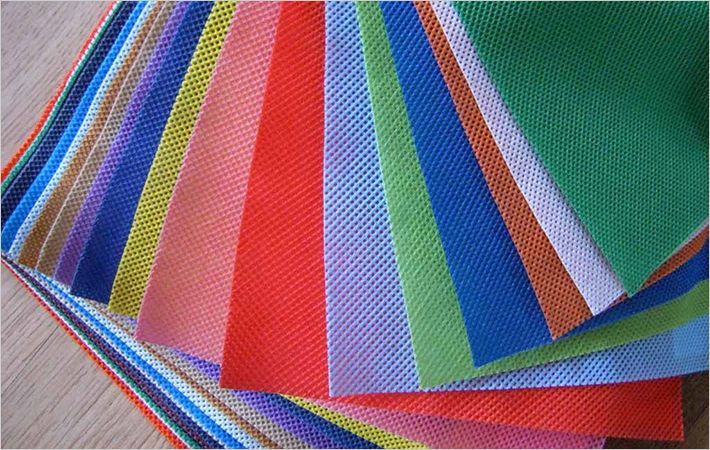The latest developments in terms of materials and prototype ideas and fibre based innovations from medical engineering will be exhibited by about 400 exhibitors at Techtextil fair taking place from May 4-7, 2015.
Organisers of Techtextil, Messe Frankfurt say textile research and manufacturers of special textile fibres and textile-based primary products are actively involved in the regeneration of organs, tissues and bones.The latest developments in terms of materials and prototype ideas and fibre based innovations from medical engineering will be exhibited by about#
“Health protection as an economic mega trend opens the floodgates for high-tech material textiles and their use in medicine and health,” it adds.
At the last Techtextil, Thomas Strobel, a futurologist had said that by 2050, human organs and other body parts will be bred in large quantities from body’s own cells by means of appropriate carrier material.
“Several institutes involved in the textile research sector at Aachen, Denkendorf and Bönnigheim and Dresden are making tremendous efforts for these visions of the future,” a press release from Messe Frankfurt informs.
According to the German textile research board of trustees, as many as 10 of the 16 German textile research institutes are operating with potential, in this field of research.
“Research is currently being undertaken into textile bone components and new therapeutic gloves for stroke patients,” the press release also adds.
“Research work in the field of textiles to be used in medicine for human and skeleton-forming supporting tissues is only astonishing to those who have underestimated the potential of fibre-based materials,” Messe Frankfurt informs.
Dresden University’s institute for the development of textile machinery and high-duty materials where a working group called ‘Biological and Medicinal Textiles’ has been created, reveals that textile bone components do in fact exist.
The working group leader, Dr Dilbar Aibibu explains that textile structures made of bio-compatible filaments are offering excellent prerequisites for carrier materials and implants in the field of regenerative medicine.
For the first time, scientists at the institute succeeded in producing ultrapure Chitosan multi-filaments, which are fibre bundles extracted from conditioned shells of shrimps and crabs.
These filaments are used for the development of different structures for scaffolds and implants.
The institute has taken out a patent for a manufacturing method of three-dimensionally shaped non-woven structures made of Chitosan short fibres or NSN technology and used for bone regeneration.
Since defective cartilage-tissue possessed an insufficient self-repairing capability, the tissue engineering method or artificial production of biological tissues is applied.
The three-dimensional carrier structures enable the absorption of body’s own stem cells thus supporting the regeneration of defective cartilage-tissue.
Although it seems to be still a possibility in the future, this new method is expected to find its way into clinical practice within a few years. (AR)
Fibre2fashion News Desk - India

